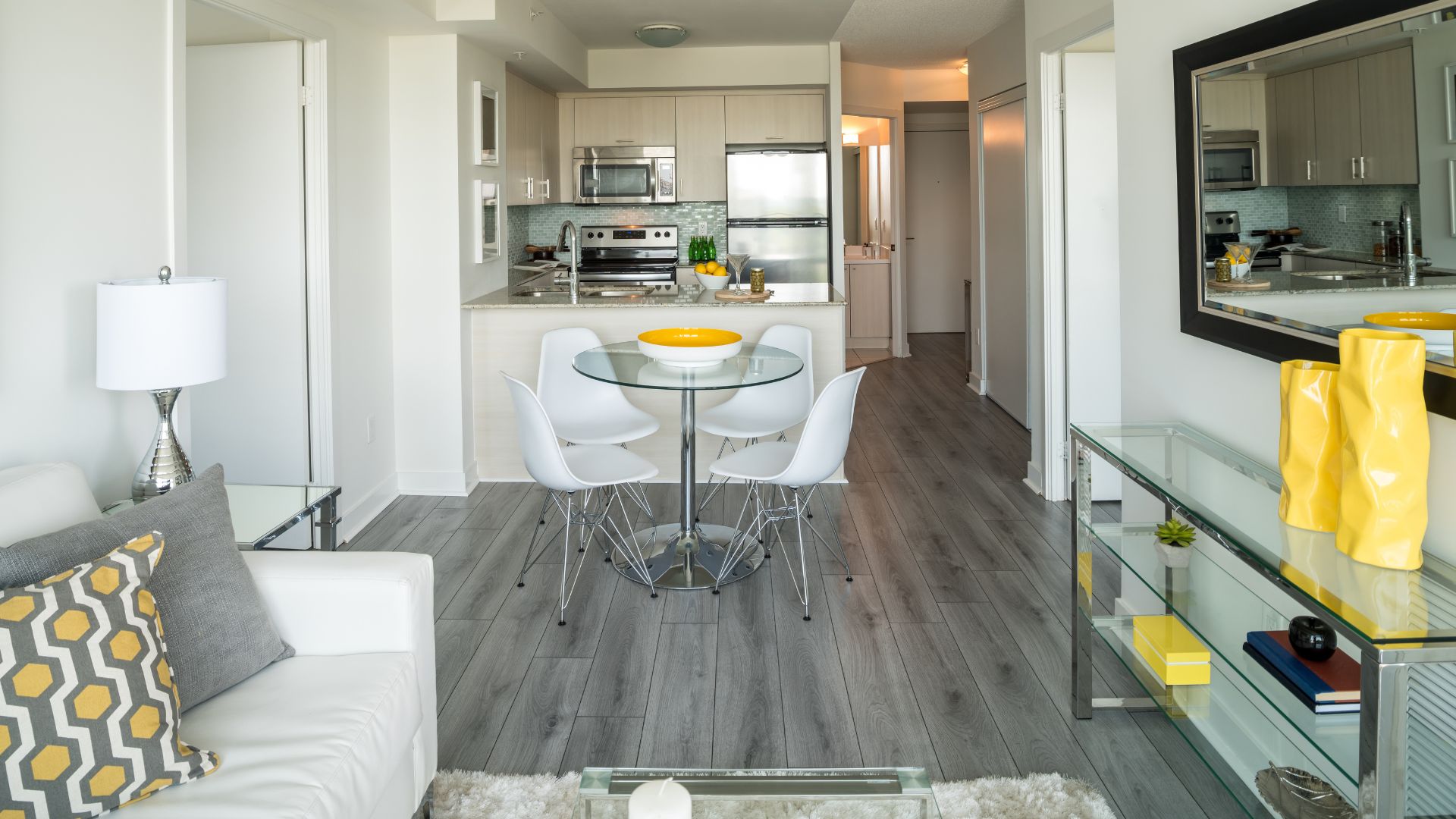Why I've Converted to Mid-Term Rentals
 Many of my properties are located in C-class areas. These are the areas with strong rents, but lower-quality tenant base (more info on neighborhood classes can be found here). The reason I buy in these areas (aside from strong rents) is because of gentrification. I have found that the best way to manage these properties is to rent them out on a mid-term basis. For those unfamiliar with the terminology, here is the breakdown:
Many of my properties are located in C-class areas. These are the areas with strong rents, but lower-quality tenant base (more info on neighborhood classes can be found here). The reason I buy in these areas (aside from strong rents) is because of gentrification. I have found that the best way to manage these properties is to rent them out on a mid-term basis. For those unfamiliar with the terminology, here is the breakdown:
- Short-term rentals are less than 30 days
- Mid-term rentals are 1 to 12 months
- Long-term rentals are 1+ years
Each kind of rental attracts a different tenant base. Short-term rentals are your typical AirBnBs and have been getting a lot of hate lately (mainly because they eat into the long-term supply). Some cities (like Dallas) have banned them outright, while others (like Boston) restrict them to owner-occupants and make you jump through multiple hoops for a permit to rent. While short-term rentals tend to be most-profitable, they also take the most work. You have to clean the unit after each tenant, address issues immediatelly, and are at the mercy of the market (seasons, etc.) as well as city regulations.
Mid-term tenants tend to be students and young professionals, staying in the area temporarily. They may be in the area for a job rotation, or have not yet found permanent housing. There is more turnover with these rentals than with long-term ones, but they also attract a different tenant base (which I'll get into shortly).
Long-term tenants are your typical families. They tend to stay in the area for a long time, they know local regulations, and often get upset when you raise rents (not realizing that landlords are affected by inflation like everyone else). The benefit with these tenants is lower vacancy and less turnover.
So why mid-term?
As I said before, I typically invest in gentrifying C-class neighborhoods. These are areas that are improving but aren't quite there yet. They're often stigmatized by families that look for good schools. These areas may have higher than average (but declining) crime rate, and offer the benefit of easy commute to downtown. Additionally, these areas offer much better bang for the buck in terms of size, with 3-4 bedroom apartments being the norm.
Unfortunately, the renter looking for a 3-4 bedroom tends to be a lower-quality tenant who can't afford to buy a home of their own (usually due to poor credit - and poor credit means you'll have issues collecting rent). Ironically, the families buying condos in these areas would be the ideal tenant base, but they're not looking to rent. It's not uncommon to see a gentrifying neighborhood have 2 types of residents: renters who're getting priced out and wealthier home-owners moving into new condo conversions.
Young professionals with good jobs who're able to pay these rising rents but have not yet started a family typically don't want the larger units. This is why many developers choose to build a mix of 1-2 bedrooms rather than 3+ bedroom units. As cities gentrify, many people downsize.
Renting by rooms is becoming more popular in urban centers, where people pay for convenience of being close to downtown and don't spend much time at home. An extreme version of that are the capsule hotels of Tokyo. Basically, our housing choice is a trilemma between location, size, and price. Renting by rooms allows me to solve this trilemma for young professionals, who care less about size than the other 2 options (and whose location criteria differs from that of families).
To accomodate them, I've chosen to relax my minimum duration - turning my long-term rentals into mid-term. The end result is that I'm able to rent to a tenant base that would otherwise be unwilling to move into the unit. While I do earn a bit more renting by rooms, the truth is that most of that price premium is negated by the extra perks I offer (such as free common-area cleaning and internet, not to mention additional turnover/vacancy). But the benefit is that I have a happier tenant who appreciates what I offer, whereas before I would end up with an entitled tenant who sees housing as a right (oblivious to the fact that it's not my duty to subsidize them).
One gotcha to note is that if you do plan to rent by rooms, possible points of contention may be parking and bathroom use. As a rule of thumb, make sure you have a parking spot for each bedroom and a bathroom for every 2 bedrooms (this does disqualify a lot of inner-core housing, where parking is at a premium and layout prevents adding additional bathrooms). Additionally, if you want to stand out compared to B-class areas that offer similar by-room rentals, the quality of your renovations will need to be better. It also doesn't hurt to be able to offer larger rooms and more ammenities (roof-deck, game room, BBQ area, etc.).